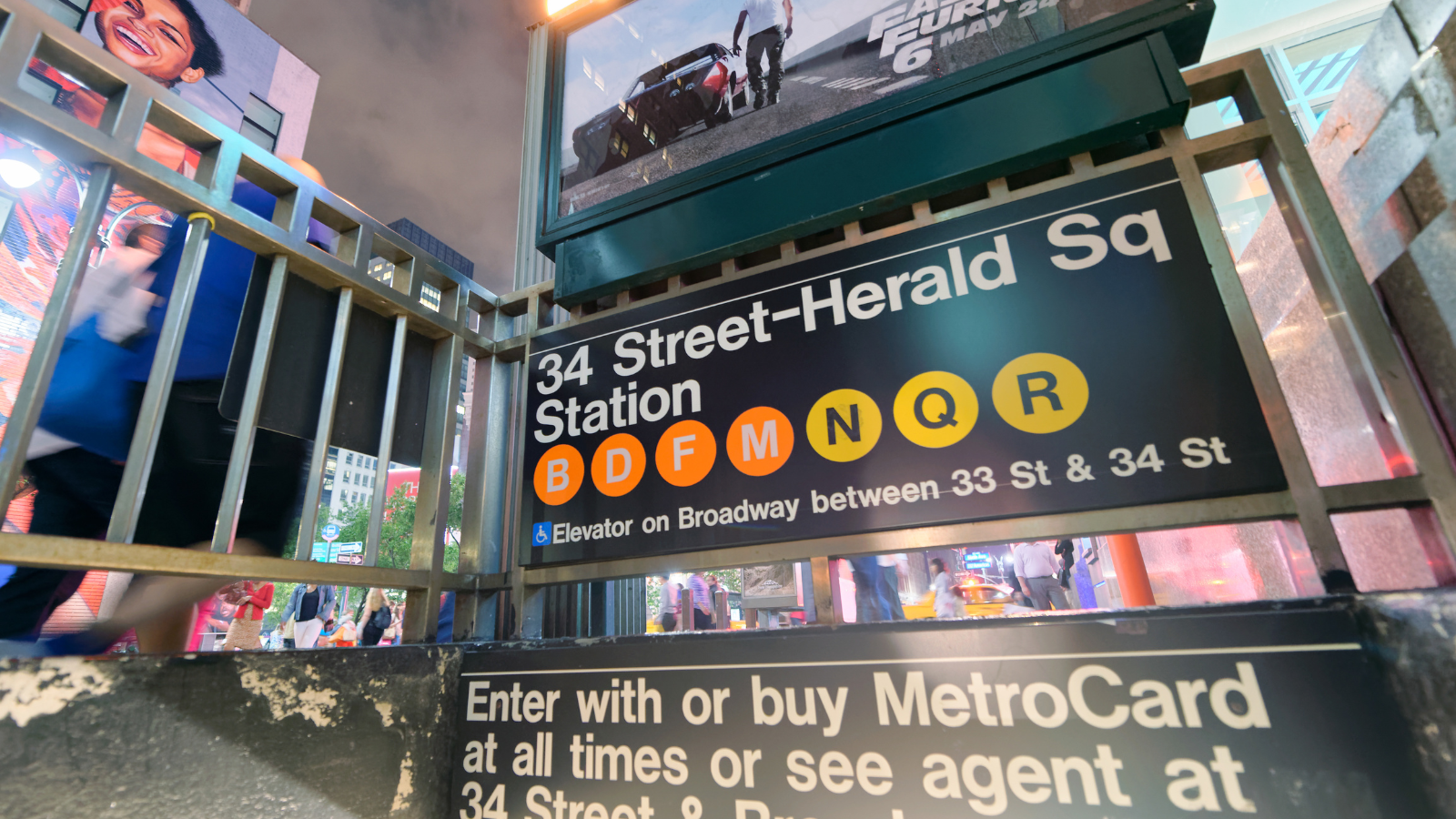
1. Understanding Subway Lines and Colors
Lines Are Numbered and Lettered: Each subway route has a number (1, 2, 3) or a letter (A, B, C) to identify it. Colors for Easy Navigation: The subway lines are color-coded on maps. For example, the Green Line (4, 5, 6) travels through the east side of Manhattan, hitting popular stops like Union Square and Grand Central.
2. Understanding Directions: Uptown vs. Downtown
Uptown: Traveling towards upper Manhattan or the Bronx? You need the “Uptown” direction. Trains and signs will indicate “Uptown & The Bronx.” Downtown: If your journey takes you to lower Manhattan, Brooklyn, or Queens, you’ll follow “Downtown” signs. Look for labels such as “Downtown & Brooklyn.”
3. Understanding Local vs. Express Trains
Local Trains: Stop at all stations along their specific line, perfect for when your stop is not a major destination. Express Trains: Faster, as they skip some stations to serve major hubs quickly. Check if they stop where you need before boarding.
4. Understanding How to Plan Your Route
Consult a Map: Use a subway map or apps like Google Maps or Citymapper to see routes and times before you start. Identify Start and End: Knowing your starting point and destination helps you choose the correct subway lines. Plan for Transfers: If you need to switch lines, your map or app will guide you on where and when to transfer.
5. Understanding Station Navigation
Entry: Access the station by swiping a MetroCard or using a contactless payment method at the turnstile.
Find the Right Platform: Follow station signs to the appropriate platform, noting if it’s for Uptown or Downtown services.
Confirm Your Train: Always check digital signs and listen to announcements to ensure you’re boarding the correct train.
6. Understanding the Train Experience
Monitor Stops: Keep an eye on digital screens or listen for stop announcements.
Respect Subway Etiquette: Avoid blocking doors and hold onto a pole if standing.
Prepare for Transfers: If your journey involves changing trains, pay attention to announcements and get ready at the right time.
7. Understanding Subway Fares and Payments OMNY and MetroCard
The New York City Subway offers two primary payment methods: OMNY and the MetroCard, each with distinct features and advantages.
How to Pay for Your Ride
OMNY – Tap and Go: Use a contactless credit/debit card, smartphone, smartwatch, or an OMNY card. Tap on the OMNY reader at subway turnstiles or bus entry points to pay your fare instantly.
MetroCard – Swipe to Ride: A physical card that you swipe at turnstiles. Available as a pay-per-ride or unlimited pass. Can be purchased and reloaded at machines in subway stations.
Fare Structure Single Ride Fare: The base fare is $2.90 per ride when using OMNY or a standard MetroCard.
Unlimited Ride Options: MetroCard Unlimited Passes: 7-Day Pass: $34 for unlimited rides over seven consecutive days. 30-Day Pass: $127 for unlimited rides over 30 consecutive days. OMNY Weekly Cap: Pay for up to 12 rides ($34) within a week (Monday to Sunday). After reaching this cap, all additional rides during the same week are free.
Choosing the Best Option
Short Visits (Up to a Week):
OMNY is the most flexible option for visitors. Just tap and ride.
You’ll only pay for the rides you take, up to $34 in a 7-day period (starting from your first tap).
After 12 rides, all additional trips within that 7-day period are free.
This works well for any travel dates, as the 7-day period starts with your first tap.
Frequent or Long-Term Riders:
OMNY is convenient for regular riders due to its automatic weekly fare cap.
The cap resets every 7 days from your first tap of the week.
For stays longer than a week, OMNY continues to apply the 7-day cap on a rolling basis.
Extended Stays:
For 30-day stays, the 30-day unlimited MetroCard might be beneficial if you plan to ride very frequently.
With OMNY, you have the flexibility to pay as you go without committing to a monthly pass.
Additional Notes
Children under 44 inches tall can ride the subway for free when accompanied by a fare-paying adult. Specifically: Up to three children under 44 inches tall ride free on subways and local buses. The free ride is only valid when traveling with a fare-paying adult. This policy is not age-based, but strictly height-based. For children taller than 44 inches, standard subway fares apply. Parents should be prepared to pay the full $2.90 fare for children who exceed this height requirement.
0 Comments